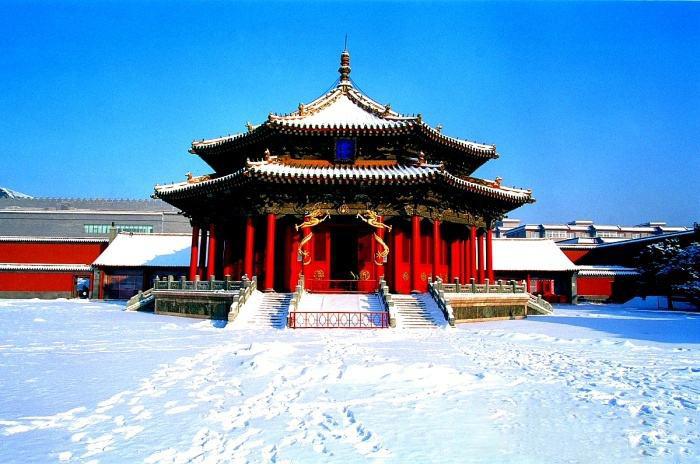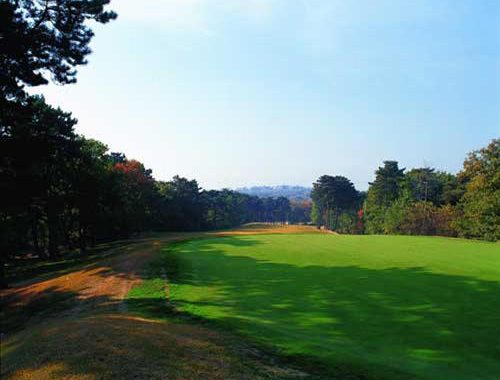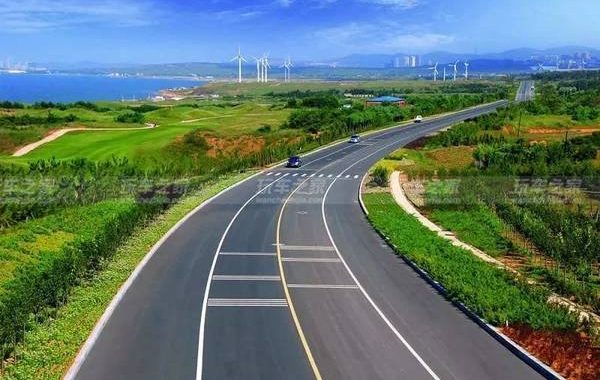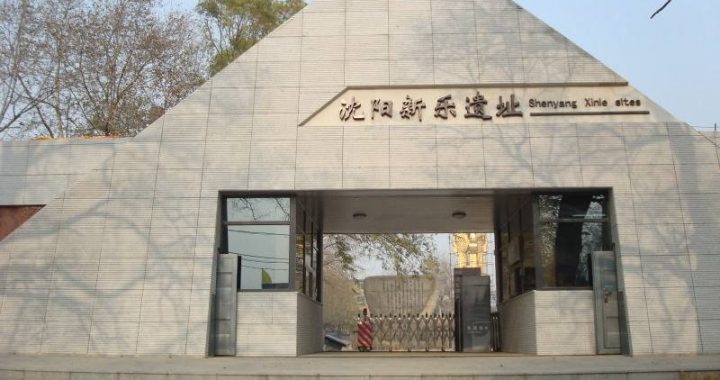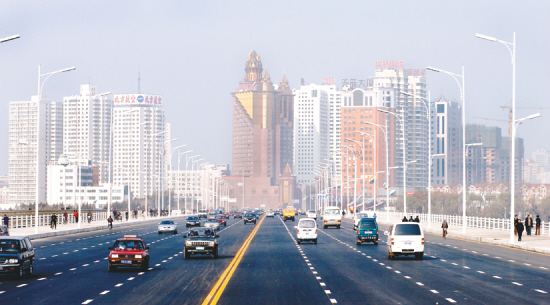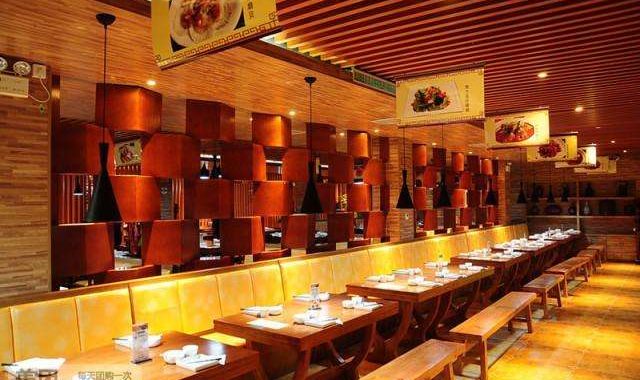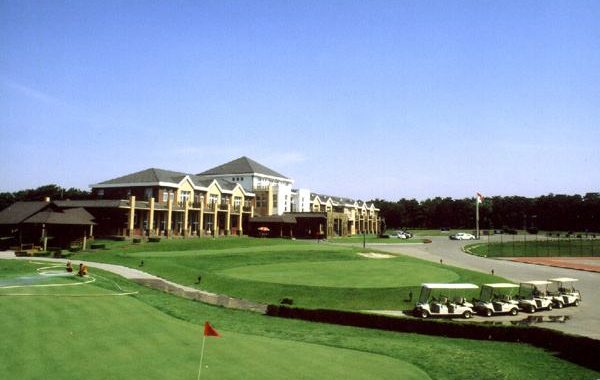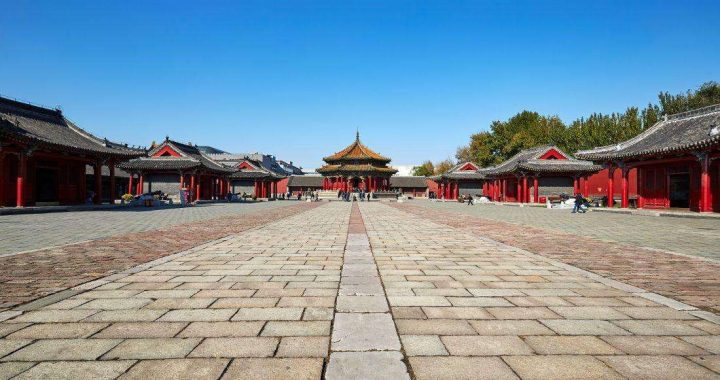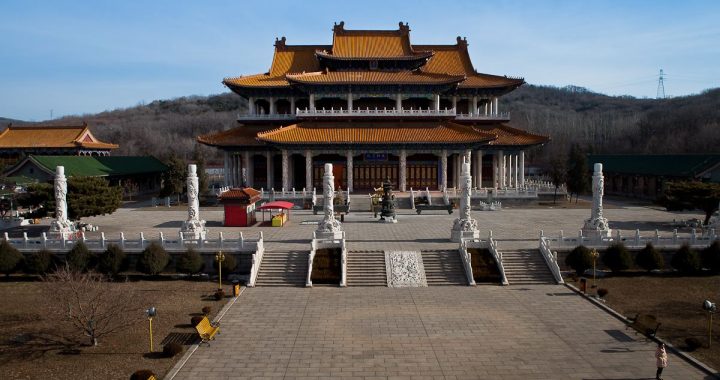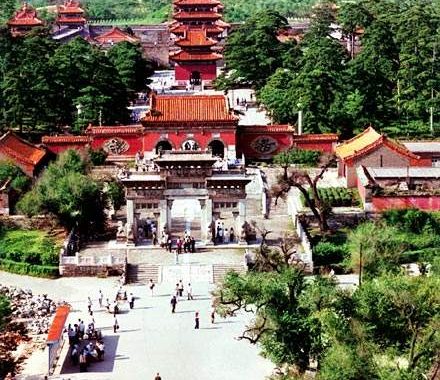The Palace Museum in Shenyang
2 min readThe Imperial Palace is situated at the heart of Shenyang old city. Its originalname was Mukden (Shengjing) Palace. After the Manchurian entered the Shanhaiguan Pass, it was named Imperial Palace in Fengtian. With an area of 60,000 square meters, it has more than 90 buildings with 300 bays which are regarded as the imperial architecture of the Qing dynasty inferior only to the Forbidden City in Beijing. Built in 1625, the Imperial Palace arranged in three axes in the east, center and the west absorbed advantages of Chinese, Manchurian and Mongolian architecture therefore had high historical and artistic values. The buildings made in the Nurhaci period are in the east, made in Huangtaiji period are in the center, and those in the west were made in the Qianlong period.
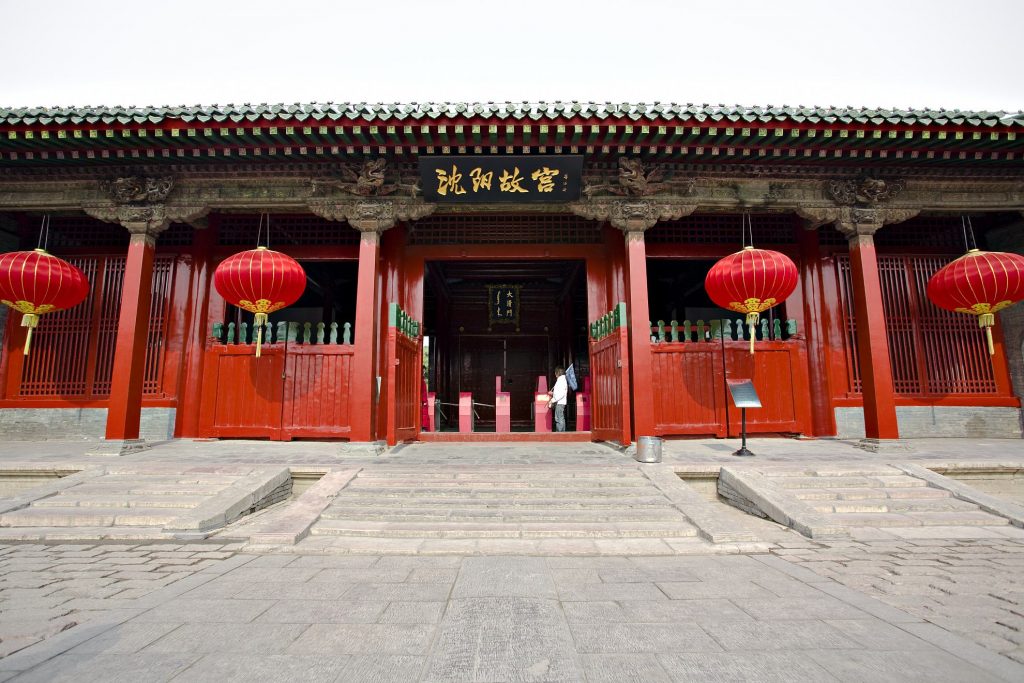
Hall of Great Policy (Dazheng Dian) and Ten King Pavilions (Shi Wang Ting) in the east were the earliest buildings made before the Manchurian entered the Shanhaiguan Pass. The Manchurians lived a nomadic life. After years of wars with the Ming dynasty, Nurhaci forced west. Later Shengjing was made capital. Shengjing enjoyed wonderful natural conditions suitable for living and military advantages tofight with the Ming government. The Hall of Great Policy was in the center above the terrace. It was the venue to issue mandate, declare war and enthrone. On the two sides are the Ten King Pavilions which were the offices of the Eight Banners, the Left Wing Commander and the Right Wing Commander. The shape of the pavilions was similar to the tents but immovable. The Central Axis was the center of the complex with three courts. There are Great Qing Gate, Chongzheng Hall, Flying Dragon Tower, Flying Phoenix Tower in the front court, Shishan Lodge, Xiezhong Lodge and Phoenix Tower in the middle court and Qingming Palace, Guanju Palace, Yanqing Palace, Yongfu Palace and Linzhi Palace in the back court. The two latter courts were flanked with small courts which were called the Eastern Palaces and the Western Palaces. The Great Qing Gate is the main gate of the Imperial Palace and the waiting venue for the ministers before the audience.
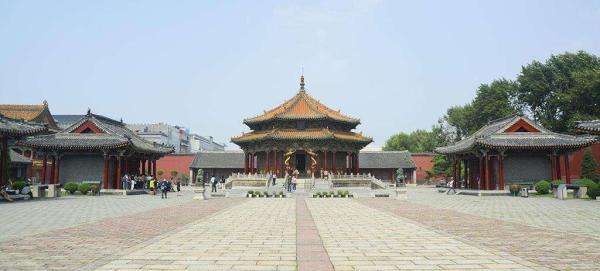
Chongzheng Hall is the most important Hall where Huangtaiji dealt with daily state affairs. The Phoenix Tower served as banquet venue or resting place. The buildings in the west were built between 1782 and 1783 by the Qianlong Emperor After the fall of the Qing dynasty, it turned into a museum under the name of Shenyang Bureau of Exhibition of Antiquities, the Palace Museum in Fengtian and National Palace Museum in Shenyang successively. In 1955, it was named Shenyang Palace Museum. Most of its collection came from the old palace, including the sword of Nurhaci and the waist knife of his son Huangtaiji.
